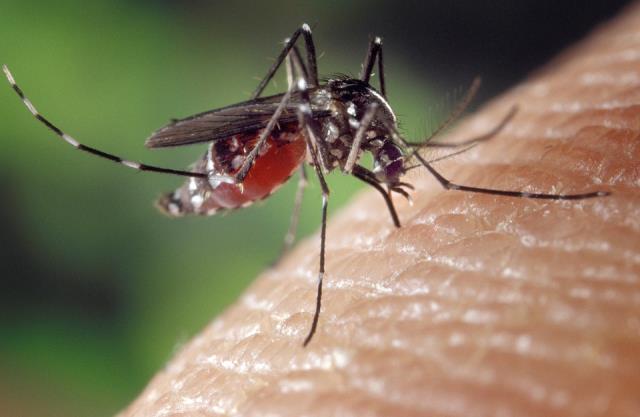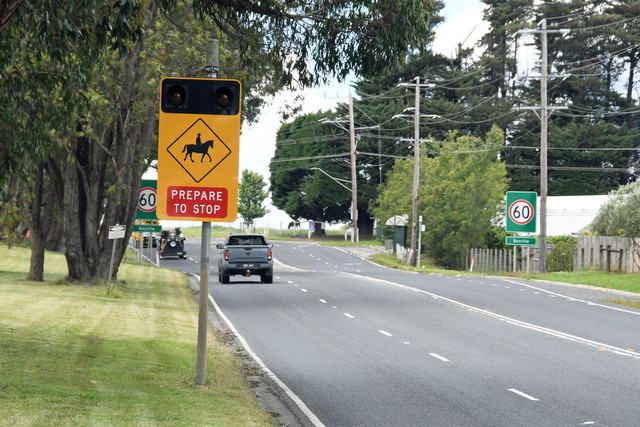Health authorities are on alert after a woman in her 60s from the shire of Buloke was killed by Murray Valley encephalitis virus earlier this month.
The woman was initially thought to have contracted Japanese encephalitis virus but it has been confirmed through further testing and analysis that the cause of death was the Murray Valley strain.
Human cases had been recorded in NSW and SA in 2011 but the last recorded human case in Victoria was in 1974.
From early 2023, the Murray Valley encephalitis virus has been detected in Victoria and other south-eastern parts of Australia.
“People should continue to be vigilant and take steps to avoid mosquito bites – especially in northern Victoria, where Murray Valley encephalitis virus and other mosquito-borne diseases are known to be circulating,” Victoria’s Chief Health Officer Professor Brett Sutton said.
The department advises people to try and avoid mosquito bites by wearing long and loose fitting clothing, using repellents, removing stagnant water and avoiding the outdoors at dusk or dawn when mosquitoes are most observed.
Most people who contract Murray Valley encephalitis do not display symptoms. When they do occur, people present with fever, headache, nausea, vomiting and muscle aches. In more serious cases, meningitis or encephalitis can develop.
“Anyone with these symptoms should seek urgent medical care. Serious illness can result in death or long-term neurological complications,” Professor Sutton said.







